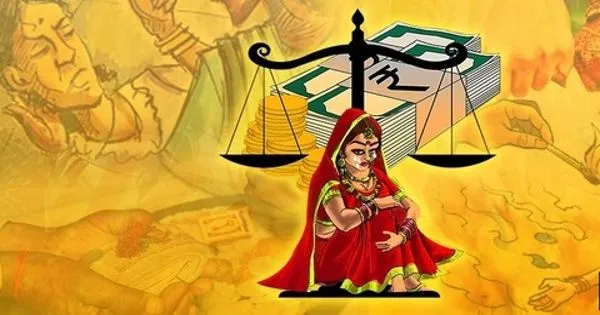Any young man, who makes dowry a condition to marriage, discredits his education and his country and dishonours womanhood:- Mahatma Gandhi
India is a democratic country which is known to everyone because of its mores, dialects, religions, attires and unity. As we know India had been a slave country for many years. India got independence on August 15, 1947. It has been 75th years to be an independent country but still there are some social evils which have made people slaves. Dowry System is one among them.
The dowry system in India refers to the durable goods, cash, and real or movable property that the bride’s family gives to the groom, his parents and his relatives as a condition of the marriage. Dowry is essentially in the nature of a payment in cash or some kind of gifts given to the groom’s family along with the bride and includes cash, jewellery, electrical appliances, furniture, wedding, crockery, utensils, vehicles and other household items that help the newly weds set up their home. Dowry is referred to dahez in Hindi.
The dowry today
While the dowry system still exists in India today, its function has changed somewhat becoming an unspoken mandate and being viewed these days as something of a bargaining chip when arranging marriages. The more educated a groom is the more money , his family can demand as a dowry. Parents start saving for their daughters’ dowries from birth placing a financial burden on families of low socio-economic backgrounds.
Government intervention
The blowout of the dowry system forced the government to take action in the middle of last century, introducing the Anti-Dowry Act in 1961 which outlawed the giving and receiving of dowries. After its introduction the act received little support and was not strongly enforced leading to a rampant and thriving illegal market for dowries.
It wasn’t until later in the twentieth century, when women’s rights groups were campaigning strongly against dowries and former Indian Prime Minister Indira Gandhi organized the marriage of her son without accepting a dowry from the bride’s parents, that the public really took notice, leading to an amendment of the Anti-Dowry Act in 1989 and public enforcement of the law.

Komal Nainwal
A student of class 11th


























